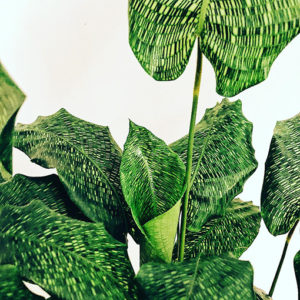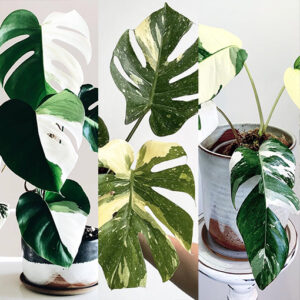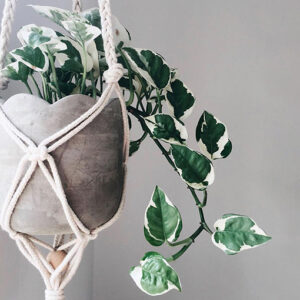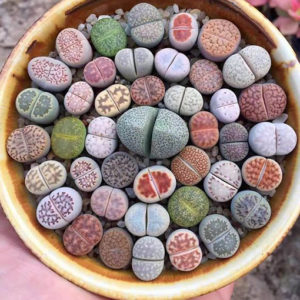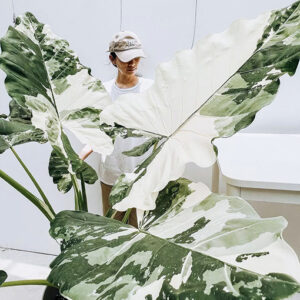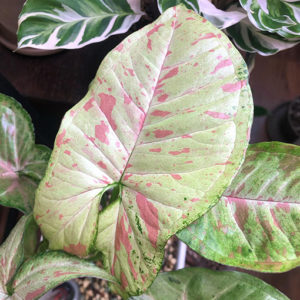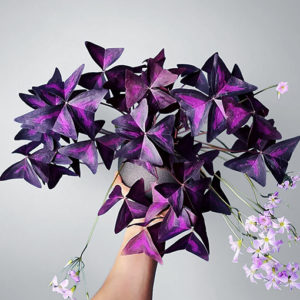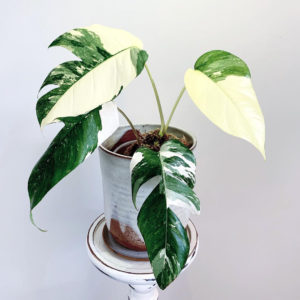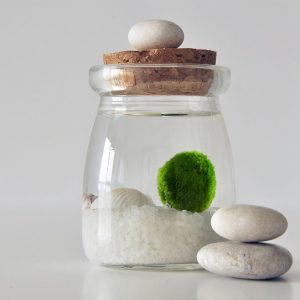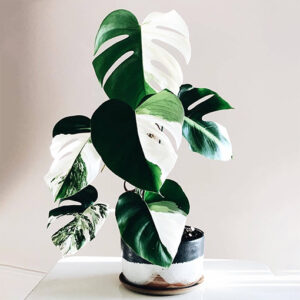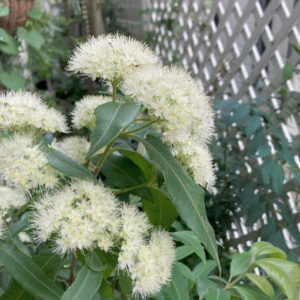
It’s hard to find a more charming little tree than the Crepe Myrtle. A cute little size, with an elegant
form and packing a colourful punch that will have your jaw drop, the Crepe (Crape) Myrtle ranges in
colours from white to pink to red to purples and everything in between.
📷: @katewalker_design
Where to buy a Crepe Myrtle plants in Australia?
Crepe Myrtle – Lagerstroemia indica Introduction
Crepe myrtle, often known as natchez Crepe Myrtle or loosestrife or spelt Crape, is a plant from the Lagerstroemia genus which includes over 50 tree and shrub cultivars. There is a lot of variety among these plants: some are deciduous while others are evergreen. Sizes range from one foot shrubs to towering giants that can grow to be 100 feet tall. This genus’ native range is from India through Asia to Australia. What they all have in common, and what makes crepe myrtles unique and appealing in landscaping, are their magnificent ruffled blossoms, as well as their peeling bark that adds textural distinctiveness to their trunks. The colours of the flowers range from deep purple to lavender, ivory, white crepe myrtle, pale pink and even red.
Crepe Myrtle Care Tips Introduction
Crepe myrtle natchez is usually a low-maintenance choice for landscaping when it is grown in the right climate and area, but it does require some special care for its spectacular blossoms to thrive. To make your Crepe myrtle look its best follow our expert tips!
Crepe Myrtle – Lagerstroemia indica Lighting & Position
Find a place where your tree can receive full sunlight. Crepe myrtle needs full sun for at least 6 or more hours per day to thrive. Blooms will be less prolific and their colours may not be as vivid with less sunlight.
Crepe Myrtle – Lagerstroemia indica Watering
Crepe Myrtles should be watered often until they mature and their roots form, after which they will be mostly drought tolerant. Weekly watering is required throughout the first few growing seasons and watering twice a week is ideal during periods of intense heat.
Crepe Myrtle – Lagerstroemia indica Humidity
Crepe myrtles are grown all over the world, most commonly in tropical and subtropical settings where the warm weather and medium to high humidity levels allow them to thrive and exhibit their incredible beauty.
Crepe Myrtle – Lagerstroemia indica Soil & Fertiliser
Although these plants are not picky about soil pH, we recommend that you use appropriate soil – neutral or slightly acidic soils are ideal (5.0 to 6.5 pH). However, because Crepe myrtle is prone to root rot, the soil must be well-draining. In terms of fertilising, it is suggested that you fertilise this plant only lightly. A slow-release fertiliser heavy in nitrogen is favoured for more vivid flowers and healthier development, however, avoid over-fertilisation, because it stimulates excessive leaf growth rather than blooming.
We recommend using our Plant Food available here.
Crepe Myrtle – Lagerstroemia indica Extra Tips
Because these plants blossom on new wood, late Winter or early Spring trimming is required to encourage flowering. To maintain the best size and shape, remove suckers, tangled branches or undesirable shapes. However, be careful because too much pruning from the top causes suckers to sprout from the tree’s base or roots, requiring even more pruning and unnecessary care. It can also cause an unappealing Winter shape.
We also recommend that you remove branches from the trunk’s lower 4-5 feet to expose the bark for year-round appeal.
Furthermore, Crepe myrtle cultivars that bloom early in the season can be encouraged to re-bloom later in the season with careful dead-heading, although the second bloom will not be as abundant as the first.
Crepe Myrtle – Lagerstroemia indica Vulnerability to Pests & Diseases
Unfortunately, Crepe Myrtle is prone to different pests and diseases such as powdery mildew, sooty mold, and other fungal infections. Treatment with a general fungicide can lower the likelihood of an infected plant.
Aphids, for example, may feed on succulent new growth and produce honeydew, which attracts sooty black mold spores. To eliminate these issues, a thorough general spray of insecticidal soap or Neem oil can be used.
For more information on how to manage common plant pests, head to our blog here.
Crepe Myrtle – Lagerstroemia indica Toxicity
Luckily, Crepe Myrtles are non toxic, including to humans, dogs, and cats. For a very long time, people have used the berries of Crepe Myrtles for therapeutic purposes and have even used them in different meals.
How to Propagate your Crepe Myrtle?
It is illegal to propagate patented cultivars. Older cultivars that have been on the market since the early 1990s can be propagated because the patent expires 20 years after the original filing with the United States Patent and Trademark Office. With this in mind, Crepe myrtle can be easily propagated by taking semi-hardwood cuttings during the growing months of December, January, and February. You can easily follow these steps:
1. Take cuttings from the season’s new growth, leaving three to four nodes and some leaves per cutting.
2. Keep cuttings wet by wrapping them in a clear plastic bag and placing them in a well-drained rooting medium in a shady environment. Cuttings can also be planted in ready-made outdoor rooting beds.
3. Cultivate the soil thoroughly to a depth of 10 to 12 inches and add 4 to 5 inches of peat moss and carefully mix it into the soil.
4. Place the cuttings about 6 inches apart and insert them into the dirt halfway up their length. To conserve moisture, mulch with 2 to 3 inches of pine straw and mist them frequently.
5. Cuttings should root in 3 to 4 weeks without the use of rooting hormone.
Finally, during the Autumn or Winter months, the new rooted plants can be transferred to their permanent environment.
Crepe Myrtle – Lagerstroemia indica Design Tips
The Crepe Myrtle is a charming little tree that is perfectly suited for a cottage garden. They look terrific over green grass and nearby white picket fences or against white walls. They can look quite magnificent when a few different coloured Crepe Myrtles are side by side. It can be planted alongside walking paths where their canopy can arch over the path to create a whimsical experience. They can also look magnificent when contrasted beside lime foliage like the Acacia Cognata Limelight.
Want a Crepe Myrtle?

